
Mathematics Vocabulary Word Wall Cards
- Subject:
- Mathematics
- Material Type:
- Lesson Plan
- Provider:
- VDOE
- Author:
- VDOE
- Date Added:
- 10/07/2024

Mathematics Vocabulary Word Wall Cards

Mathematics Vocabulary Word Wall Cards
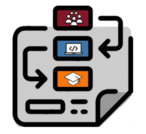
The goal of this activity is to build critical thinking skills and excitement for Computer Science / Computational Thinking, while laying a foundation of fundamental programming concepts. By scaffolding basic concepts like sequencing and algorithms in an unplugged activity, students who are intimidated by computers can still build a foundation of understanding. In this lesson, students will learn how to develop an algorithm and encode it into a program.By "programming" one another to draw pictures, students experience some of the core concepts of programming in a fun and accessible way. The class will start by having students view a video of a simple program demonstrating how to develop instructions for building a peanut butter and jelly sandwich. Students will start with simple shapes, and progress to the coding of a specific drawing that other students will then try to replicate (“running the program”). If there is a desire to have a more of a Math slant on the lesson, the drawing could take place on graph paper. Students would then use the coordinates to complete the drawing.
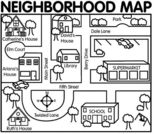
Students will write the algorithms to get from one point on the map to another. They will then interchange with a partner and see if they can find the location.

The lawmaking process, as described in the US Constitution, is essentially an alogorithm that allows an idea to become a law. In this lesson, students will analyze and evaluate the process for creating laws at the Federal level and create a flow chart that shows the lawmaking process in an alogoritmic sequence.
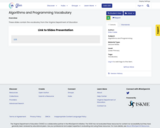
These slides contain the vocabulary from the Virginia Department of Education
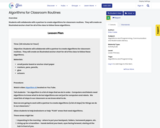
Students will collaborate with a partner to create algorithms for classroom routines. They will create an illustrated anchor chart for all of the class to follow these algorithms.
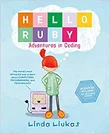
This lesson plan uses the Hello Ruby book, Adventures in Coding, by Linda Liukas, to teach students about algorithms and conditional loops. It contains an activity featured from the book as well as other resources that can be used in conjunction with the book. The lesson teaches 2nd grade students what an algorithm is and how they use them in everyday life.

Students write an algorithm to making a sandwich.

Students will give verbal cues to work through a maze of objects on the floor or ground. Students could write an algorithm through the maze and see if the partner could get through without stepping on objects.
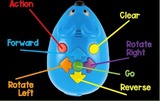
Coding in First Grade
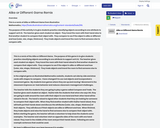
This is a remix of Alike or Different Game from Illustrative Mathematics, https://tasks.illustrativemathematics.org/content-standards/tasks/515. The purpose of this activity is to give students practice classifying objects according to one attribute to support sol K.12. The teacher gives each student an object. They travel the room with their hand raised to find another student to compare their object with. They compare to see if the object is alike or different and how (color, size, shape, thickness). They trade objects and travel the room to find someone else to compare with.

Science Instructional Plans (SIPs) help teachers align instruction with the Science Standards of Learning (SOL) by providing examples of how the content and the scientific and engineering practices found in the SOL and curriculum framework can be presented to students in the classroom.
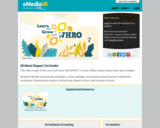
This video is part of the Learn and Grow with WHRO TV series. Watch Kelsey Eanes teach about shapes.

This Coding lesson plan is a resource used to review continents and oceans and VA's location on World map. It also contains several links to review geographic vocabulary using Quizlet , links to access SOLPASS games and a "How to code with SCRATCH" video along with a SCRATCH link with a ready made digital map to use for modeling code or to allow students to copy/remix the code to fit their needs.

Compare Histograms to stem-and-leaf, line plots and circle graphs.Mathematics Instructional Plans (MIPs) help teachers align instruction with the 2016 Mathematics Standards of Learning (SOL) by providing examples of how the knowledge, skills and processes found in the SOL and curriculum framework can be presented to students in the classroom.
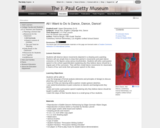
Students will observe dance movements depicted in a drawing and a painting. Partners will use simple lines to draw their partner's movements and paint dance costumes on the figures using various brushstrokes. Students will write a persuasive speech to the school superintendent explaining why they believe dance should be a regular part of the curriculum. They will then model dance movements for classmates in teams of four and recite their persuasive speech to the class.
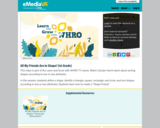
This video is part of the Learn and Grow with WHRO TV series. Watch Carolyn Harris teach about sorting shapes according to one or two attributes.
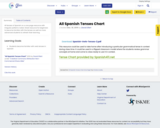
All tenses of Spanish on a one page resource with irregular patterns noted. Great resource for beginners to become familiar with the tenses as well as more advanced students to refresh their learning.

All tenses of Spanish on a one page resource with irregular patterns noted. Great resource for beginners to become familiar with the tenses as well as more advanced students to refresh their learning.